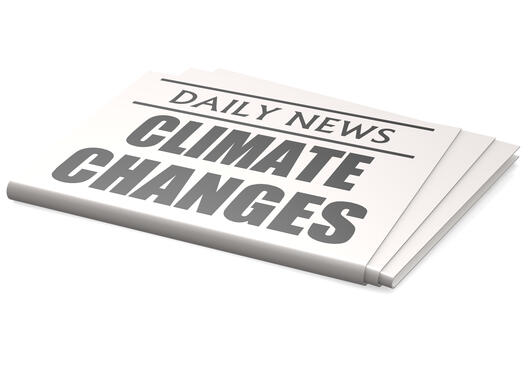The meaning of metrics in pandemic news experiences
In their latest article in the international top journal Journalism, John Magnus Ragnhildson Dahl and Brita Ytre-Arne explain the meaning of metrics in journalism during the COVID-19 pandemic, from an audience perspective.

Main content
During the COVID-19 pandemic, people turned to the news media to get information about the ongoing crisis. Metrics such as infection rates were central to reports of how the virus was spreading and its impacts on societies and people, especially in the first year of the pandemic. The infection and mortality rates were interpreted as precursors of concern, and used by the media, by governments and health authorities.
The pandemic brought forward questions of that citizens need and want from journalism in a global crisis. In this article, John Magnus Dahl and Brita Ytre-Arne analyse one particular aspect of news experiences during the pandemic: preoccupation with monitoring metrics for COVID-19 infection cases, hospitalisations, and deaths, widely disseminated through journalistic news outlets. They ask why these numbers appeared meaningful to news users, and what these experiences can tell us about the role of journalism in the pandemic information environment. The analysis draws on qualitative research conducted in Norway in late 2020.
A key finding was that people told us metrics constituted the most valuable information they could get from pandemic news - Ragnhildson Dahl and Ytre-Arne
The informants characterised the mood in the early pandemic as uncertain and precarious, with the infection rate becoming an important part of their new, intensified news media repertoire.
The infection rate worked like a weather forecast in a storm, providing visual and specific information indicative of a complex big picture.
Informants explained that their understanding of the pandemic, building particularly on metrics, soon found practical applications. Even those who wanted to avoid pandemic news still found the daily infection rate useful, to make decisions about for instance travelling. Informants used the infection rate to assess risks – not only regarding threats to their own or others’ health, but also concerning special arrangements for family gatherings and work events, and mundane everyday actions such as shopping for groceries or using public transportation.
People wanted the news sites they checked regularly, including local and regional media, to report on infection rates. Several informants mentioned the interactive infographics provided by VG.no, as they particularly appreciated visualizations of the infection rates as a form of service journalism.
Informants explained their monitoring of the infection rate as means for gaining understanding, but also having control of the situation to determine their own response. Dahl and Ytre-Arne argue that the control offered by the infection rate went beyond practical purposes, and should be seen as a strategy to cope with fear and anxiety in a highly uncertain situation. The end by asking what this means for news media reporting on other societal crises, including climate change.
The article provides new perspectives and understanding of the use of news during global crisis like the COVID-19 pandemic.
Read the full article here "Monitoring the infection rate: Explaining the meaning of metrics in pandemic news experiences"
